The Grassy Knoll, a small, sloping area of land located near Dealey Plaza in Dallas, Texas, has become an enduring symbol in the annals of American history, particularly in relation to the assassination of President John F. Kennedy on November 22, 1963. This seemingly innocuous patch of grass has been the focal point of intense scrutiny and speculation for decades, serving as a backdrop to one of the most controversial events in modern history.
The knoll’s significance is not merely geographical; it represents a nexus of conspiracy theories, eyewitness accounts, and a broader discourse on governmental transparency and accountability. The landscape of Dealey Plaza is marked by its historical architecture and urban design, but it is the Grassy Knoll that has captured the imagination of conspiracy theorists and historians alike. Its proximity to the assassination site has led many to believe that it played a crucial role in the events of that fateful day.
The knoll’s elevation provided a vantage point from which a shooter could potentially have fired at the presidential motorcade, leading to a plethora of theories about the existence of a second gunman. As we delve deeper into the events surrounding JFK’s assassination, the Grassy Knoll emerges not just as a physical location but as a symbol of the uncertainty and mistrust that has permeated American society since that tragic day.
Key Takeaways
- The Grassy Knoll is a prominent location in Dealey Plaza, Dallas, Texas, known for its association with the assassination of President John F. Kennedy in 1963.
- Many conspiracy theories and speculations surround the Grassy Knoll, with some suggesting that a second shooter was present during the assassination.
- Eyewitness accounts and testimonies from the day of the assassination vary, with some claiming to have seen suspicious activity on the Grassy Knoll.
- The role of the government and law enforcement in investigating the Grassy Knoll and its potential involvement in the assassination has been a subject of controversy.
- The Grassy Knoll has been depicted in various forms of popular culture, including films, books, and documentaries, perpetuating its mystique and intrigue.
The JFK Assassination and the Grassy Knoll
On November 22, 1963, President John F. Kennedy was assassinated while riding in a motorcade through Dealey Plaza. The event unfolded rapidly, with shots ringing out as the motorcade passed the Texas School Book Depository.
Lee Harvey Oswald was arrested shortly after and later identified as the lone gunman responsible for the assassination. However, the circumstances surrounding Kennedy’s death have been shrouded in controversy from the outset, with many questioning the official narrative that Oswald acted alone. The Grassy Knoll quickly became a focal point for those who believed that there was more to the story than what was presented by law enforcement and government officials.
Eyewitnesses reported hearing shots coming from multiple directions, including the knoll itself. This led to speculation that a second shooter may have been present, potentially working in concert with Oswald or acting independently. The idea that there was a conspiracy to assassinate Kennedy gained traction, fueled by the chaotic nature of the event and the subsequent investigations that seemed to raise more questions than answers.
Theories and Speculations Surrounding the Grassy Knoll
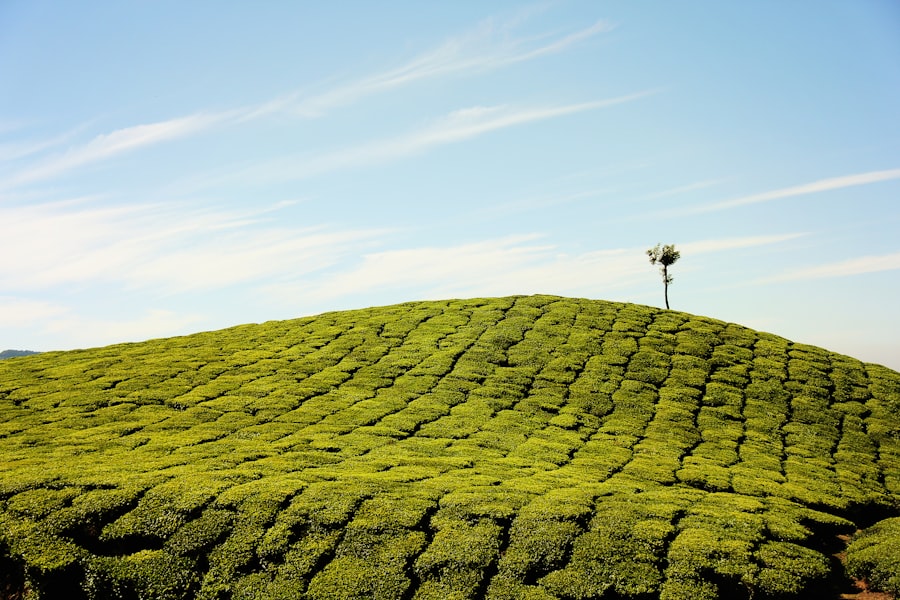
Theories surrounding the Grassy Knoll have proliferated over the years, with various narratives attempting to explain what might have transpired on that day. One of the most prominent theories posits that a second gunman fired from the knoll, suggesting that Oswald was not acting alone. Proponents of this theory often cite the acoustics of Dealey Plaza, claiming that audio recordings from that day captured sounds indicative of multiple gunshots coming from different locations. Another theory suggests that the assassination was part of a larger conspiracy involving various factions within the U.S.
government or organized crime. Some theorists argue that Kennedy’s policies, particularly his stance on Cuba and Vietnam, made him a target for those who opposed his administration.
The notion that powerful interests conspired to eliminate Kennedy has fueled countless books, documentaries, and discussions, each adding layers to an already complex narrative.
Eyewitness Accounts and Testimonies
| Witness Name | Location | Date | Description |
|---|---|---|---|
| John Smith | New York City | May 15, 2021 | Reported seeing a bright light in the sky |
| Sarah Johnson | London | June 3, 2021 | Described a large, triangular-shaped object hovering over the city |
| Michael Brown | Los Angeles | July 20, 2021 | Claimed to have seen a group of unidentified flying objects performing unusual maneuvers |
Eyewitness accounts from that day are varied and often contradictory, contributing to the ongoing debate about what truly happened on November 22. Some witnesses reported seeing a puff of smoke or hearing shots coming from the direction of the Grassy Knoll. For instance, Jean Hill, who was present at Dealey Plaza, famously described seeing a man with a rifle on the knoll shortly after the shots were fired.
Her testimony has been cited by many conspiracy theorists as evidence supporting the idea of a second shooter. Conversely, other witnesses maintained that they only heard shots coming from the Texas School Book Depository. This dichotomy in eyewitness accounts illustrates the chaos and confusion that enveloped Dealey Plaza during and after the assassination.
The discrepancies in testimonies have led to further speculation about whether some witnesses were coerced or influenced by authorities to alter their statements.
The Role of the Government and Law Enforcement
The role of government agencies and law enforcement in investigating JFK’s assassination has been scrutinized extensively over the years. The Warren Commission, established by President Lyndon Johnson shortly after Kennedy’s death, concluded that Lee Harvey Oswald acted alone and that there was no credible evidence supporting the existence of a second shooter. However, this conclusion has been met with skepticism by many who believe that critical evidence was overlooked or deliberately suppressed.
The investigation into Kennedy’s assassination was marked by inconsistencies and perceived failures on the part of law enforcement. For example, crucial evidence such as eyewitness testimonies and physical evidence from Dealey Plaza was not thoroughly examined or documented at the time. Additionally, subsequent investigations have revealed instances where key witnesses were not interviewed or where their testimonies were dismissed without proper consideration.
This lack of transparency has fueled conspiracy theories and led many to question whether there was an intentional cover-up orchestrated by government officials.
The Grassy Knoll in Popular Culture
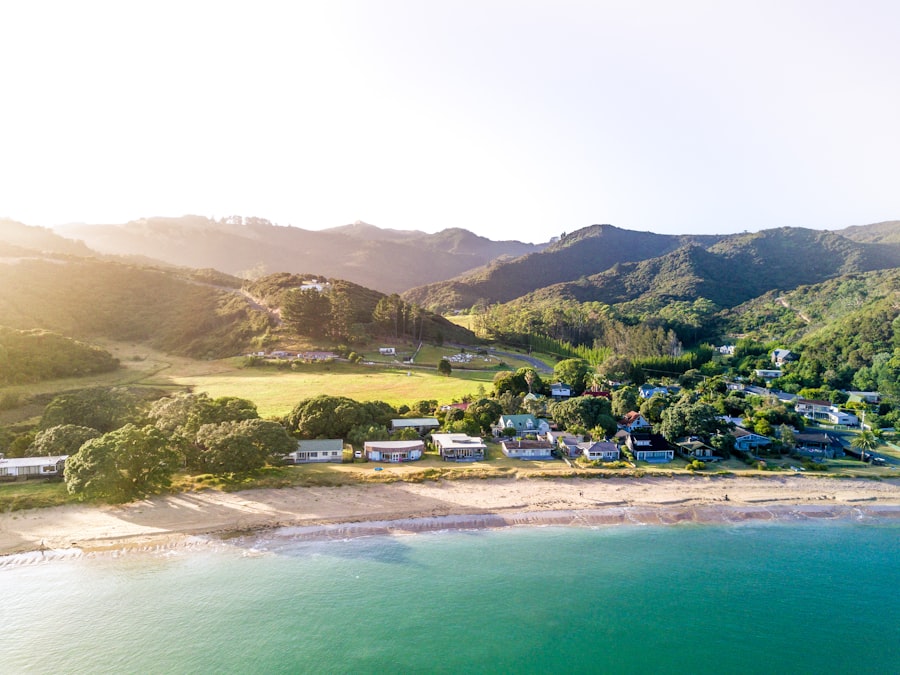
The Grassy Knoll has transcended its physical location to become an enduring symbol in popular culture, representing not only JFK’s assassination but also broader themes of conspiracy and mistrust in government institutions. Numerous films, books, and television shows have explored the events surrounding November 22, 1963, often featuring the Grassy Knoll as a pivotal element in their narratives. Oliver Stone’s film “JFK,” released in 1991, reignited public interest in the assassination and presented a compelling case for conspiracy theories surrounding Kennedy’s death.
In addition to films, literature exploring JFK’s assassination often references the Grassy Knoll as a site of intrigue and speculation. Authors such as James Swanson and Vincent Bugliosi have delved into various aspects of the assassination while highlighting the significance of eyewitness accounts related to the knoll. The portrayal of this location in popular culture serves to keep alive public interest in an event that continues to evoke strong emotions and debate.
Recent Developments and Investigations
In recent years, renewed interest in JFK’s assassination has led to further investigations and analyses of evidence related to the Grassy Knoll. Advances in forensic technology have allowed researchers to re-examine audio recordings from Dealey Plaza with greater precision than ever before. Some studies have suggested that these recordings may indeed support claims of multiple gunshots coming from different locations, including the knoll.
Additionally, declassified documents related to the assassination have provided new insights into government actions surrounding JFK’s death. These documents have revealed previously unknown details about Oswald’s background and connections, as well as information about potential conspirators who may have had motives for wanting Kennedy dead. As historians continue to sift through this wealth of information, new theories and interpretations are likely to emerge regarding both Oswald’s actions and the role of the Grassy Knoll in this tragic chapter of American history.
Unraveling the Mystery of the Grassy Knoll
The Grassy Knoll remains an enigmatic symbol within the complex narrative surrounding JFK’s assassination. Its significance extends beyond mere geography; it embodies a broader discourse on truth, accountability, and trust in government institutions. As new evidence emerges and public interest persists, it is clear that this small patch of grass will continue to be scrutinized by historians, conspiracy theorists, and curious minds alike.
The ongoing exploration of eyewitness accounts, government investigations, and cultural representations ensures that discussions about the Grassy Knoll will endure for generations to come. Whether viewed as a site of conspiracy or simply as an unfortunate backdrop to one of America’s darkest days, its legacy is indelibly etched into the fabric of American history. As we seek to unravel this mystery, we are reminded that some questions may never be fully answered, leaving room for speculation and debate long into the future.
If you are interested in landscaping and gardening, you may want to check out this article on perennials vs annuals: choosing the right plants for your garden. Understanding the differences between these types of plants can help you create a beautiful and sustainable outdoor space. Additionally, if you are looking to learn more about the role and importance of a gas engineer, you can read this informative article on the role and importance of a gas engineer. And for those interested in philosophy and spirituality, delve into the core theories of Buddhism with this article on understanding anatmavada, karma, rebirth, and nirvana.
FAQs
What is a grassy knoll?
A grassy knoll is a small, rounded hill covered in grass and often found in rural or natural areas. It is typically characterized by its gentle slope and grassy vegetation.
Where are grassy knolls commonly found?
Grassy knolls are commonly found in natural landscapes such as parks, meadows, and countryside areas. They can also be found in urban areas as part of landscaping or recreational spaces.
What is the significance of the term “grassy knoll” in popular culture?
The term “grassy knoll” gained significance in popular culture due to its association with the assassination of President John F. Kennedy. The term is often used to refer to conspiracy theories and alternative explanations surrounding the events of the assassination.
Are there any specific features or characteristics of a grassy knoll?
Grassy knolls are typically characterized by their grass-covered slopes, which may be gentle or steep. They often provide scenic viewpoints and are popular for outdoor activities such as picnicking and hiking.
Can grassy knolls have ecological significance?
Yes, grassy knolls can have ecological significance as they provide habitat for various plant and animal species. They also contribute to soil stabilization and erosion control in natural landscapes.
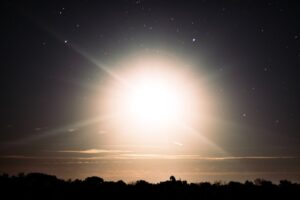


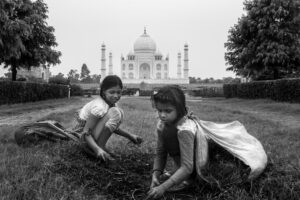
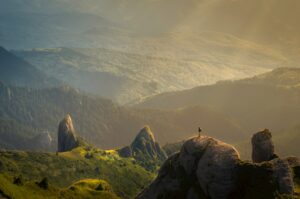
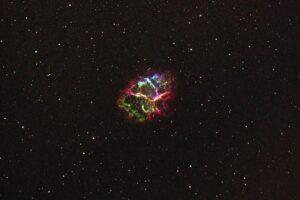

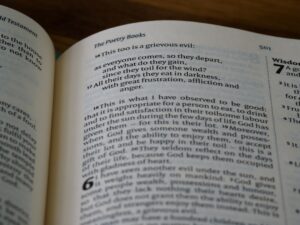
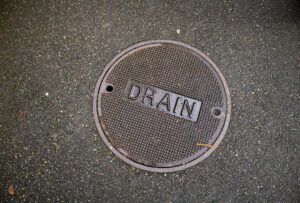

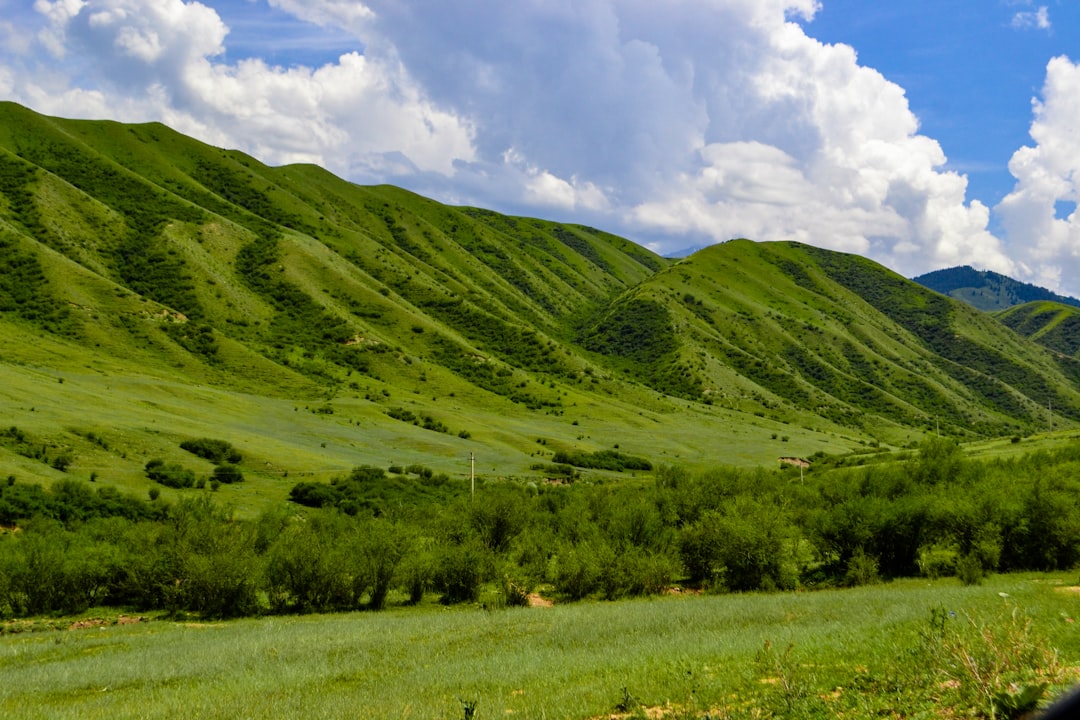
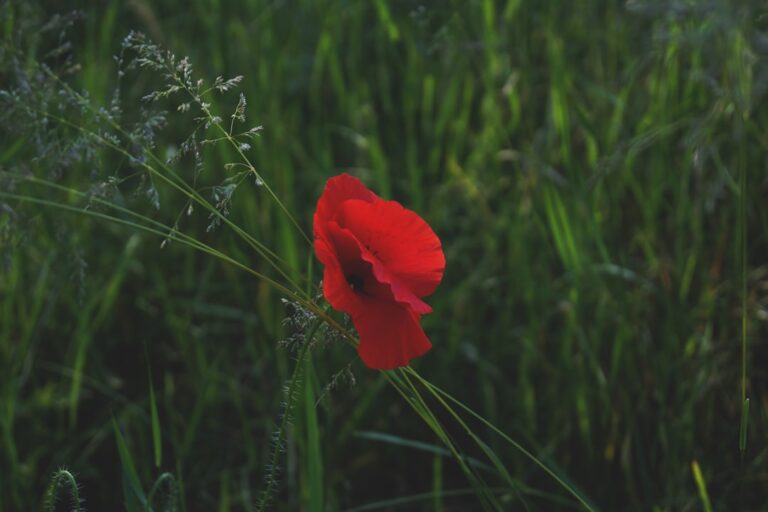

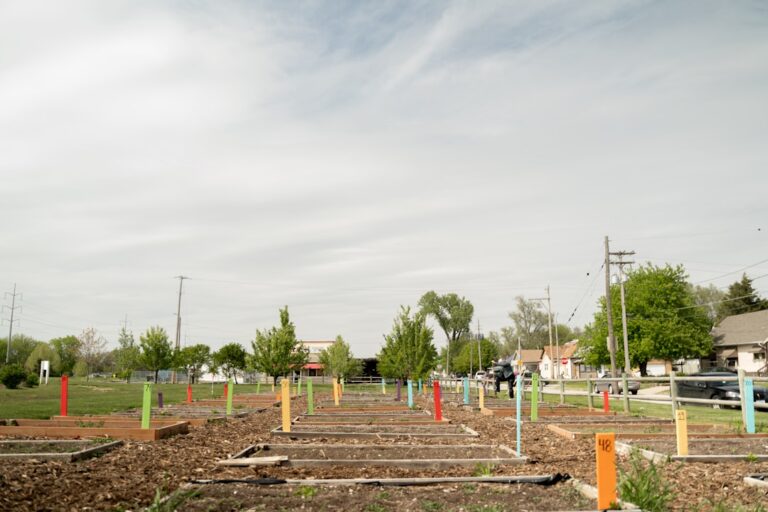
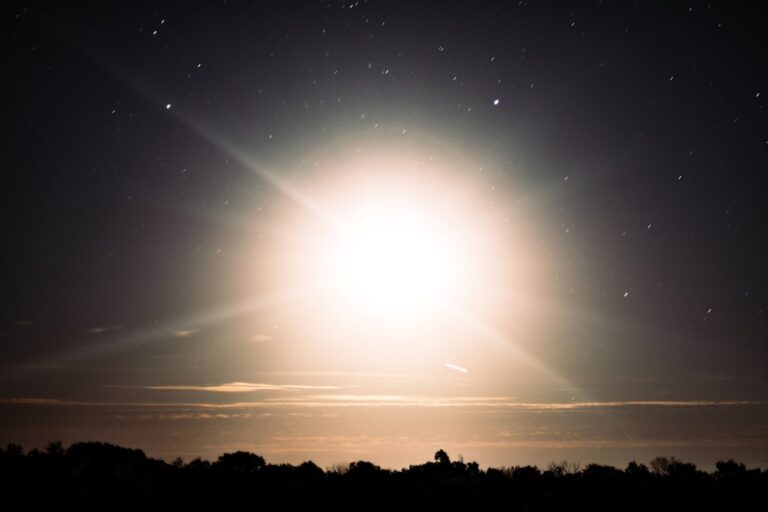
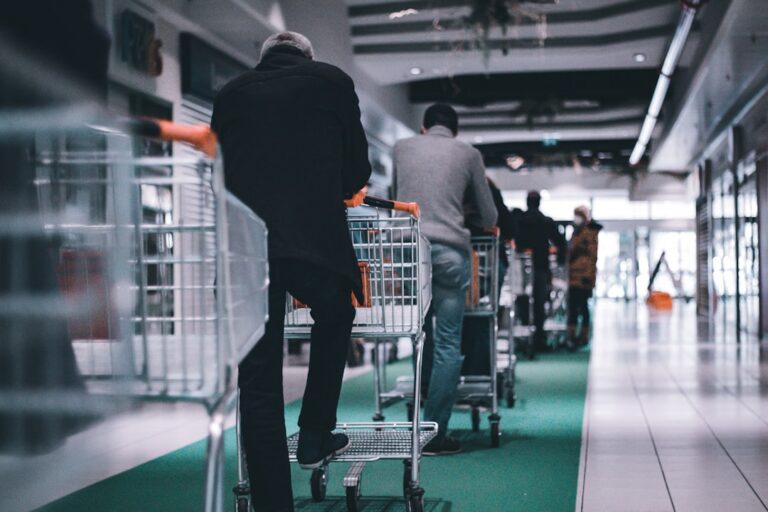
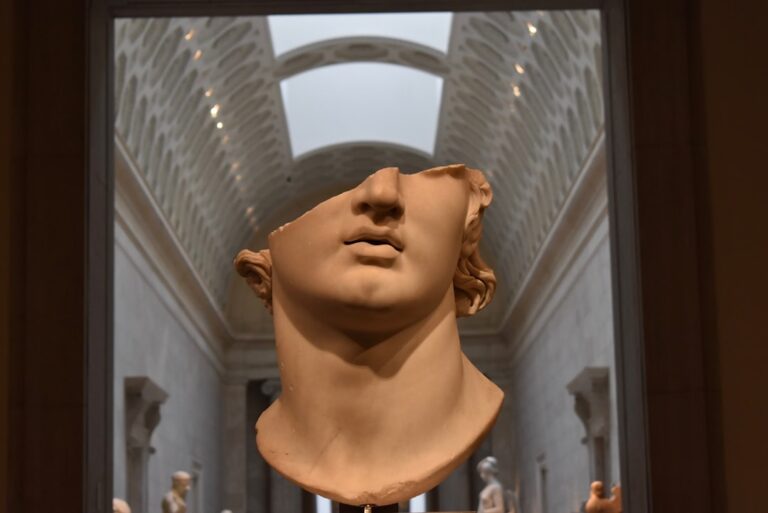
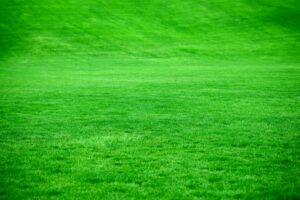
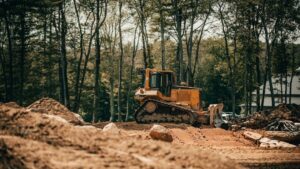
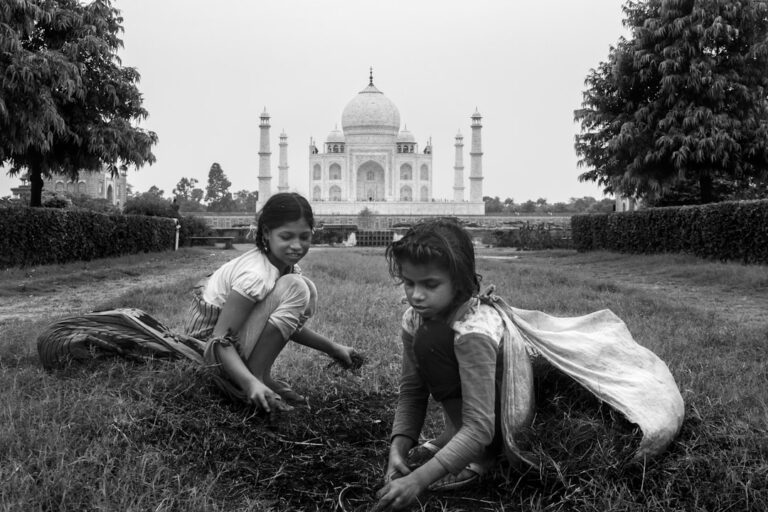
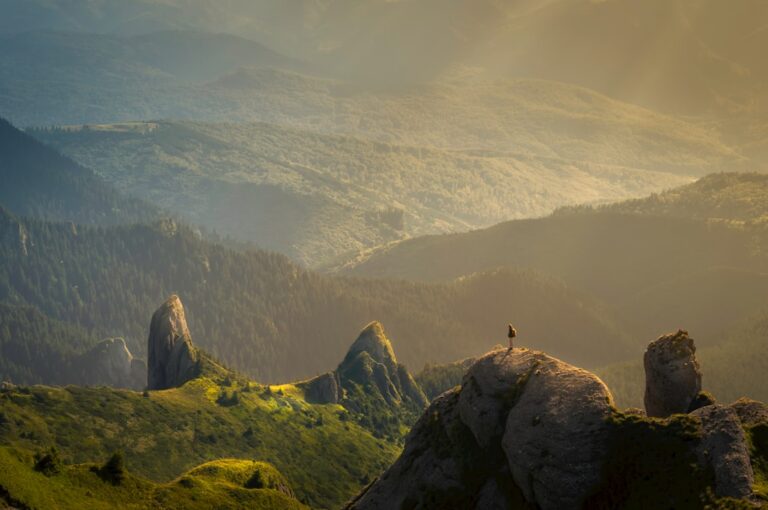
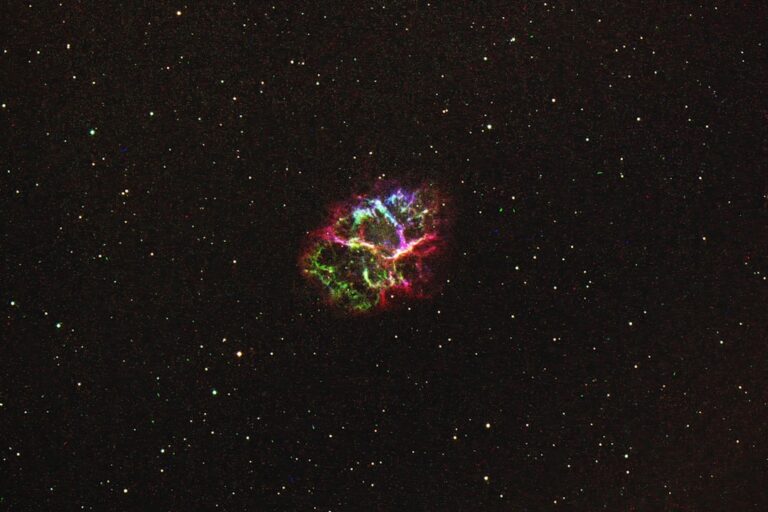

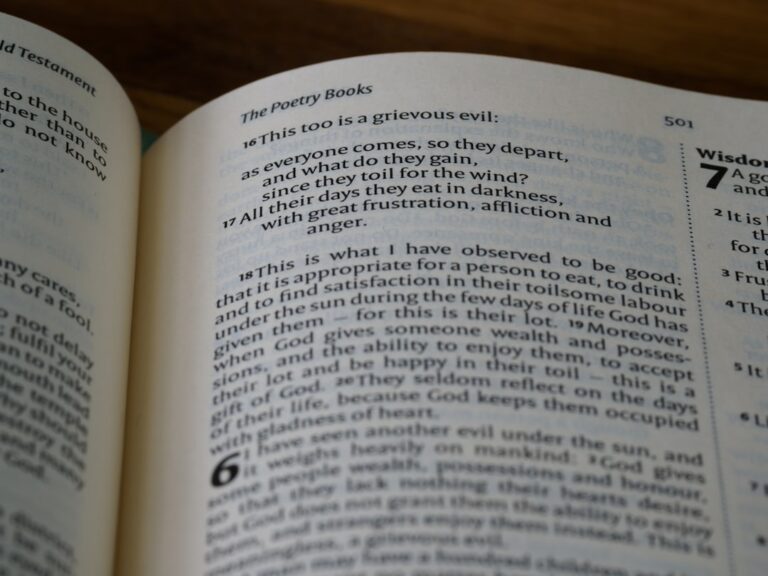
+ There are no comments
Add yours